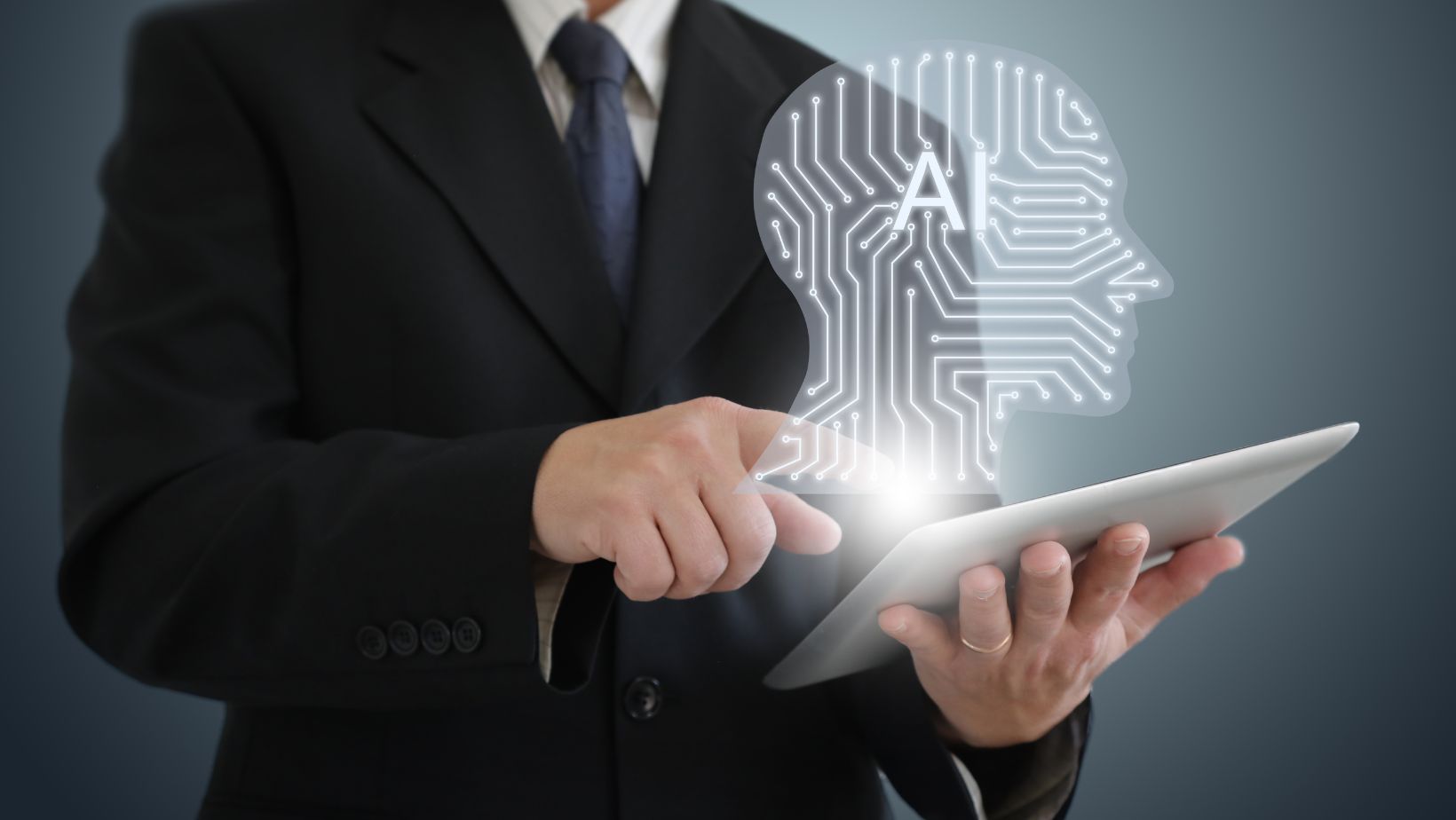
In the rapidly evolving landscape of artificial intelligence, Retrieval-Augmented Generation (RAG) emerges as a groundbreaking technology poised to revolutionize how AI systems integrate and utilize knowledge. RAG combines the strengths of retrieval mechanisms and generation engines, creating an advanced framework for AI-powered knowledge integration.To fully understand RAG LLM, it’s essential to explore its origins and fundamental components through this article.
What is RAG?
At its core, RAG technology represents a hybrid approach that enhances traditional language models with robust retrieval capabilities. Unlike conventional AI models that rely solely on pre-trained datasets, RAG incorporates real-time access to external knowledge sources. This integration allows RAG systems to dynamically fetch relevant information, ensuring responses are not only contextually appropriate but also up-to-date.
- Fundamental Concept of Knowledge Retrieval: RAG leverages retrieval-based systems to access a broad array of data, thereby enriching the generated output with precise and relevant information.
- How RAG Differs from Traditional Language Models: Traditional AI models often grapple with limitations in context retention and specificity. RAG, however, surpasses these challenges by continuously retrieving and utilizing external data, fostering a more informed and adaptable response mechanism.
- Technical Architecture Overview: The architecture of RAG typically involves a seamless integration between retrieval modules and generation engines, facilitating a synchronized process of fetching and generating contextually accurate outputs.
Key Components of RAG Systems
The efficacy of RAG systems hinges on a few critical components that work in tandem to deliver superior performance.
- Retrieval Mechanisms: These are responsible for sourcing information from vast datasets, ensuring that the most relevant and recent data informs the generation process.
- Generation Engines: These engines synthesize the retrieved data to produce coherent, contextually relevant text responses.
- Knowledge Base Integration: By integrating extensive knowledge bases, RAG systems maintain a comprehensive repository of information, enabling them to provide enriched and informed outputs.
Technical Architecture of RAG
The technical architecture of RAG is a sophisticated blend of retrieval mechanisms and generation techniques, designed to maximize the utility and precision of AI responses.
Retrieval Mechanisms
The design of retrieval mechanisms in RAG systems is pivotal for ensuring that the AI can access and utilize the most relevant information available.
- Dense Passage Retrieval: This technique involves scanning large volumes of text to identify and extract pertinent passages, which are then used to inform the generation process.
- Semantic Search Techniques: These techniques leverage advanced algorithms to comprehend and retrieve information based on semantic meaning rather than mere keyword matching. For more details, reference semantic search techniques.
- Relevance Ranking Algorithms: These algorithms prioritize and rank retrieved data based on relevance, ensuring that the most pertinent information is utilized in generating responses.
Knowledge Base Integration
For RAG systems to function effectively, seamless integration with knowledge bases is crucial. This ensures that AI outputs are not only accurate but also contextually relevant.
- External Data Source Connectivity: RAG systems must maintain robust connections to external data sources, allowing for real-time data retrieval and integration.
- Real-Time Information Updating: Continuous updates ensure that the AI system can provide the most current information, enhancing the reliability and timeliness of its responses.
- Contextual Relevance Scoring: By scoring the relevance of information based on context, RAG systems can prioritize data that aligns closely with the user’s needs.
Practical Applications and Future Potential
The practical applications of RAG technology are vast, with potential transformative impacts across various industries.
Enterprise AI Applications
RAG technology is being increasingly adopted in enterprise settings, where its capabilities can be leveraged for a multitude of applications.
- Customer Support Automation: By utilizing RAG, enterprises can enhance customer service through automated systems that provide accurate and timely responses, improving overall customer satisfaction.
- Research and Knowledge Management: RAG facilitates efficient data retrieval and synthesis, enabling businesses to streamline research processes and manage knowledge repositories effectively.
- Personalized Information Retrieval: The ability of RAG to tailor responses based on specific user queries positions it as a valuable tool for personalized information delivery.
Challenges and Ethical Considerations
Despite its potential, RAG technology also presents challenges and ethical considerations that must be addressed.
- Data Privacy Concerns: As RAG systems handle vast amounts of data, ensuring user privacy and data protection is paramount.
- Bias Mitigation Strategies: Developing strategies to mitigate bias in AI responses is essential to maintain fairness and accuracy.
- Transparency in AI Systems: Ensuring transparency in how RAG systems operate is crucial for building trust.
RAG LLM stands at the forefront of AI innovation, offering unprecedented capabilities for knowledge integration and retrieval. As this technology continues to evolve, it holds the promise of transforming various facets of AI deployment, propelling advancements in how artificial intelligence interfaces with the vast expanse of human knowledge.




